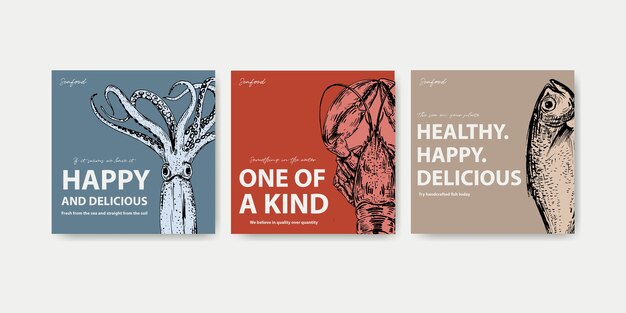Crab Nutrition Facts – Discover the Health Benefits of Eating Crabs

Did you know that crabs are a good source of lean protein?
Crabs are low in fat and calories, making them a healthy choice.
One crab leg contains high levels of selenium, which has antioxidant properties.
Eating crabs can help improve your heart health due to their omega-3 fatty acids.
Crabs are rich in vitamins and minerals, including vitamin B12 and zinc.
The shell of a crab is made mostly of chitin, a fiber that aids digestion.
Crabs are considered a good source of iron, which is essential for red blood cell formation.
Eating crab meat can boost your energy levels due to its high protein content.
Did you know that crabs are a natural source of iodine, which is important for thyroid function?
Crabs are low in carbohydrates, making them a great option for those following a low-carb diet.
Crabs are deliciously versatile and can be enjoyed in various dishes, from crab cakes to crab boils.
Crab meat is often praised for its sweet and delicate flavor.
Crabs are often caught in the wild, making them a sustainable seafood choice.
Eating crabs can help support local fishing communities.
In some cultures, crab meat is considered a delicacy and a symbol of prosperity.
The vibrant red color of cooked crab shells is a visual treat for seafood lovers.
Crabs are often associated with coastal living and beachside dining experiences.
The process of cracking open a crab and extracting the meat can be an enjoyable and rewarding experience.
Crab Nutrition Facts – Discover the Health Benefits of Eating Crabs part 2
Eating crab legs can be a fun and interactive dining experience, especially when shared with friends and family.
Crabs are often featured in seafood festivals and celebrations around the world.
The taste and texture of crab meat can vary depending on the species and region it comes from.
In some cultures, crab claws are considered a delicacy and valued for their meaty texture.
Crab meat can be enjoyed cold in salads or sandwiches, or hot in various dishes such as soups and stir-fries.
Crabs are fascinating creatures with unique adaptations, such as their ability to regenerate lost limbs.
Did you know that crabs have a highly developed sense of smell?
Crabs are known for their sideways walking, which adds to their charm.
Eating crab can be a social experience, with cracking shells and sharing plates.
Crab meat can be enjoyed on its own, as a dip, or incorporated into other dishes for added flavor.
Crabs are often boiled, steamed, or grilled to bring out their natural flavors.
Some people believe that eating crab can improve skin health and promote a youthful appearance.
The spiny appearance of crabs adds a unique aesthetic to seafood dishes.
Did you know that crabs can regenerate lost claws through a process called autotomy?
Crabs are excellent scavengers, keeping our oceans and ecosystems clean.
The texture of crab meat can range from tender and succulent to firm and chewy.
Crabs are a popular seafood choice for those following a paleo or keto diet.
Eating crab can provide a sense of adventure and appreciation for the wonders of nature.
Crabs are a staple in many traditional seafood recipes, showcasing their timeless appeal.
The shells of crabs can be repurposed for decorative purposes, such as crab shell art or jewelry.
Crabs are often associated with the summer season and outdoor dining by the beach.
Crabs have been enjoyed by humans for centuries, with evidence of their consumption dating back to prehistoric times.
The process of catching crabs can be a thrilling and rewarding activity for seafood enthusiasts.
Crabs are known for their strong pincers, which they use for defense and capturing prey.
Eating crab can transport you to coastal destinations, even if you’re miles away from the ocean.
Crabs are versatile seafood options that can be included in a wide range of international cuisines.
Indulging in crab meat can be a luxurious and indulgent experience, perfect for special occasions or celebrations.

